The Christian Cross
There is much to say about the cross, but what is most apparent--though, perhaps not to all--the design of the cross in its many variations is a triumph in simplicity, symmetry, and understated beauty. The form of the cross has been part of human history for millennia, but Christianity has made this timeless symbol not only ageless, but universally recognizable as representing the Christian faith, and its central figure, Jesus Christ. The cross, especially the wooden cross, has become a fixture in the homes of many devout Christians. At Wooden Cross, we aim to provide an in-depth look at the history of the cross in Christendom, and its place in today's Christian homes.
Christians have used a variety of symbols as an expression of their beliefs, including ichthus (fish), dove, ship, and anchor. Aside from the cross, the most widely recognized symbols of Christianity is the ichthus, but the cross far exceeds the ichthus in recognizability. The importance of the cross stems from the belief that Jesus was crucified on a wooden cross. Ironically, there is no historical evidence that a cross was used--the New Testament does not describe the implement upon which Jesus died, but there are references to the cross. The word used, xolun, is most commonly defined as 'tree' or 'wood'. Regardless, of the lack of historical and academic clarity the cross (particularly the wooden cross) has become the representative symbol of Christianity throughout the world.
In early Christian iconography, circa the first and second centuries, the cross was often absent as it was a reminder of the excruciating form of torture and execution that Christ suffered. Over time, the symbols of the cross became the most recognized icon. As early as the second century, the cross was mentioned in text discussing and defending Christianity in Latin text (Octavius). Even though most branches of Christianity have the cross as their central symbol, there are some, like the Mormon church, which do not adhere to such iconography.
The Crucifixion
Historical evidence points to a few possibilities as to the type of implement upon which Christ died. These include: a tree, simple wooden beam, a T-shaped wooden beam, or the recognizable Roman cross. Despite the lack of specific mention in historical texts about Jesus? crucifixion, it is highly likely that Jesus died on a type of cross-like wooden structure or a tree which had limbs similar to a cross.
Aside from the cross-like tree, the other two types of crosses which were used during Roman times consisted of a solitary column with an inscription at the top which stated the name of the person to be crucified and the offense committed. The cross bar then carried to the site by the person to be put up on the cross--this is the most likely way it happened, instead of the commonly depicted scene where Jesus is carrying a full wooden cross.
Despite some disagreement among scholars, even if Christ did not die on a perfect cross shape, it was something which had great similarity.
Types of Crosses
There are many types of crosses belonging to a variety of Christian sects, old and new. Each cross represents the culture or the belief-system within which Christianity has blossomed. Below is a selection of crosses which represent the most common types of cross, as well as some esoteric and lesser-known ones.
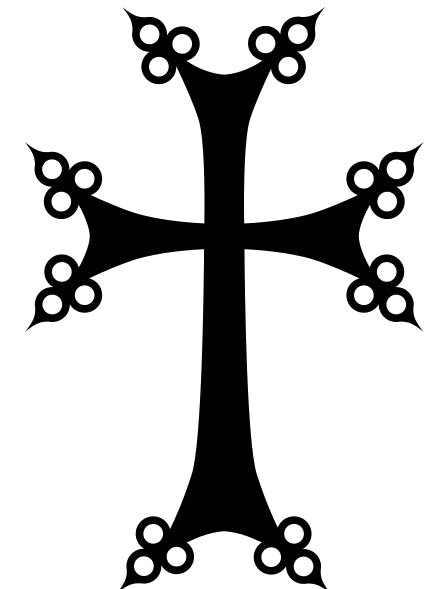
Armenian Cross
The Armenian cross incorporates floral elements and has postaments symbolizing the Holy Trinity. This cross design is exclusively used in the stone cross (khachkar) prevalent in Armenian religious statuary and masonry.
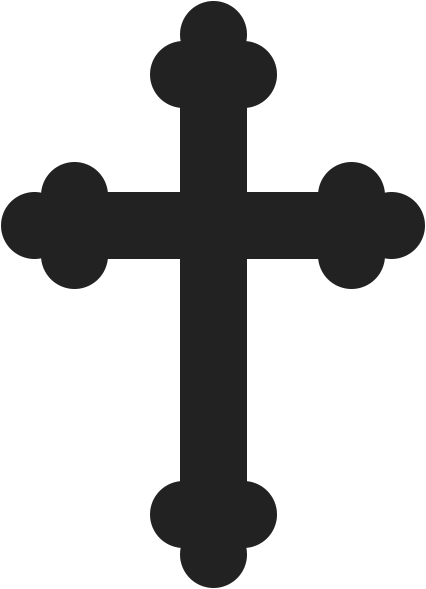
Budded Cross
There are a large variety of budded crosses. Buds are used to meaningfully embellish the more common types of cross designs, which is why budded crosses come in many forms. The example here is the most common type of budded cross.

Byzantine Cross
The Byzantine cross is most commonly seen in Eastern orthodox churches, though not all such churches use this type of cross. Other types of crosses are sometimes referred to as Byzantine when in reality they simply have Byzantine cultural heritage.
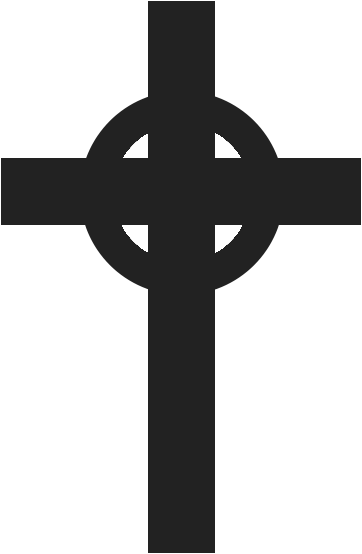
Celtic Cross
The Celtic cross design emerged from the British Isles, and incorporates the traditional Roman cross that has a halo or ring which crosses all four arms of the cross.

Chi Rho Cross
The Chi Rho is the oldest form of Christian crosses which is created by overlapping the first two letters (XP) of the Greek word Christos.
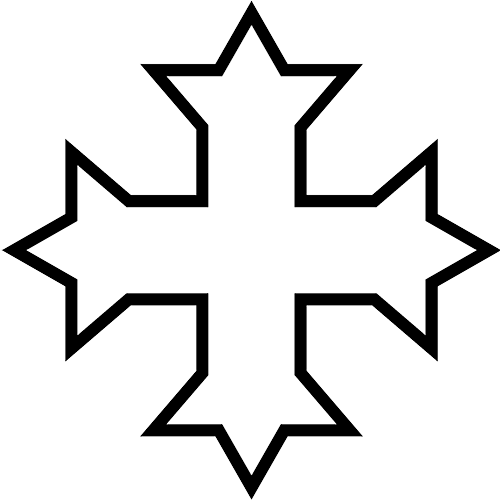
Coptic Cross
The Coptic cross (or ankh) is the primary cross design used by the Coptic Church which is the main Christian church of Egypt. In some cases, variants of the Coptic cross incorporates a circle derived from the Egyptian Ankh symbol.
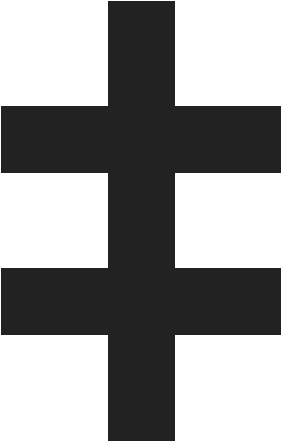
Cross of Lorraine
Otherwise known as the two-barred cross, the Cross of Lorraine is comprised of one vertical and two horizontal bars. The horizontal bars appear in a variety of forms and shapes.
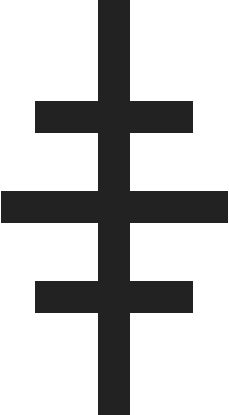
Cross of Salem
Also known as the pontifical (the Pope?s cross), is often carried before the Pope in processions and other events. The Salem Cross is also a prominent icon in Freemasonry.
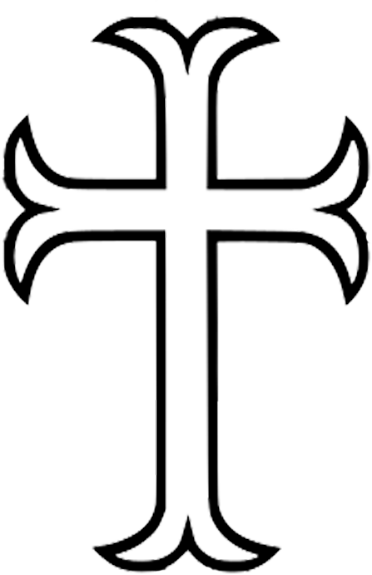
East Syrian Cross
Alternatively known as the Syriac Orthodox cross, it is the primary symbol of the Syriac Orthodox Church which traces its roots back to the Saints Paul & Peter.

Gnostic Cross
Originally a prehistoric symbol, the Gnostic Cross is comprised of a vertical bar, a horizontal bar, and a circle which sits atop of the horizontal bar crossing the vertical.
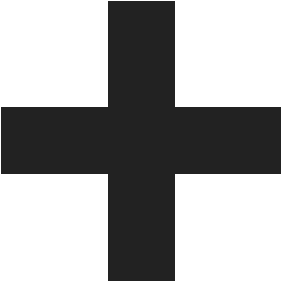
Greek Cross
Also known as the Saint George's cross, the Greek Cross has two equal-length arms. It is most prominently used as the universal recognized symbol of the Red Cross.

Jerusalem Cross
Also named the Crusader's Cross, was originally used as a symbol of the kingdom of Jerusalem. It resembles a Greek with smaller Greek crosses in each of its angles. It is often depicted with crossbars at the end of each primary bar.

Maltese Cross
The Maltese Cross is the form most closely associated with the Order of Saint John. It is also used by the Order of Malta, the island of Malta, and the Knights Hospitaller.
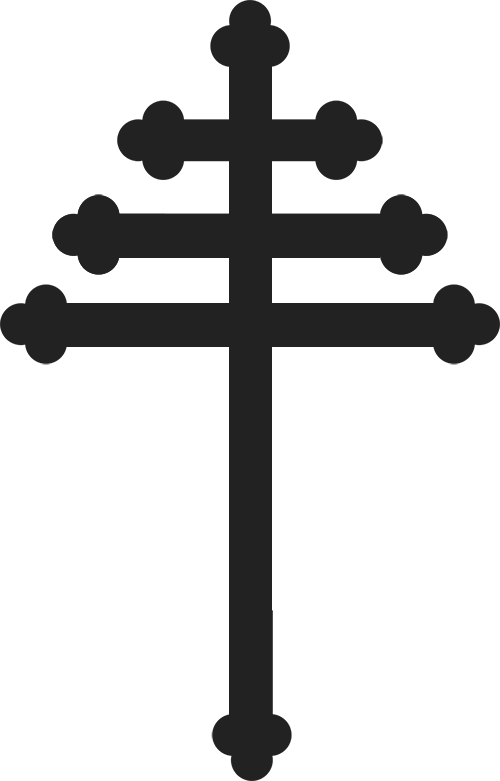
Maronite Cross
It is the cross of the Syriac Maronite Church of Antioch. It is a budded cross consisting of one vertical bar crossed by three horizontal bars of varying lengths (each longer than the one above).
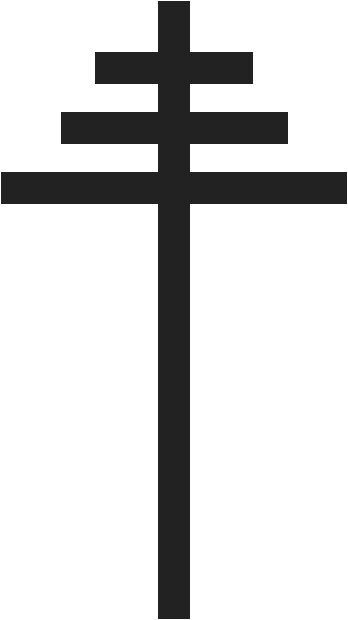
Papal Cross
The Papal Cross, as the name suggests, serves as the official ecclesiastical heraldic sign of the office of the Pope. It often appears in the coat of arms and statues of popes.
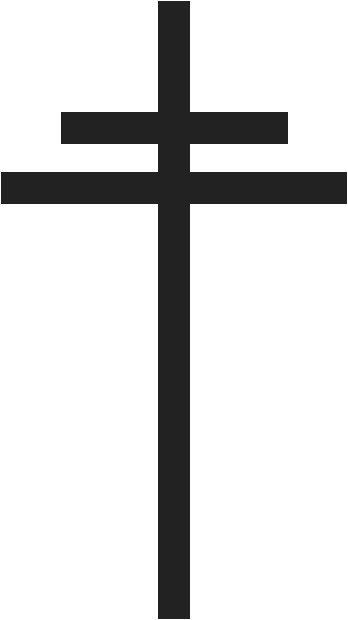
Patriarchal Cross
Also known as the archiepiscopal cross (curx gemina), it is a double-barred cross. The shorter top cross-bar represents the plaque affixed to the top of the cross upon which Christ was crucified.
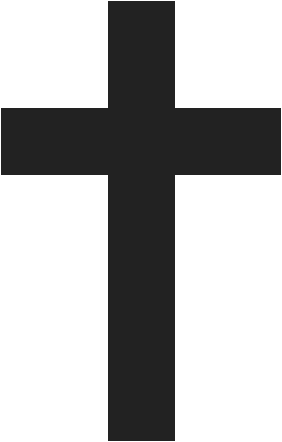
Roman Cross
Also known as the Latin cross, the Roman cross is the most familiar form of the Christian cross with a vertical bar, and equally wide, but shorter horizontal bar crossing the top portion of the vertical beam.
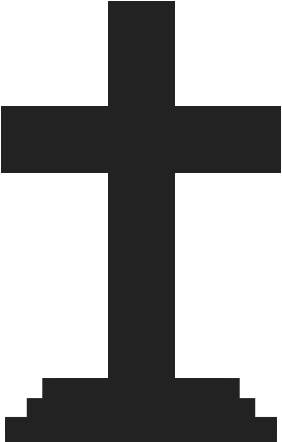
Stepped Cross
The traditional cross form resting atop three horizontal bars forming ?steps?. Also known as the Calvary cross, it originates and is most commonly found in the Brittany cultural region of France.
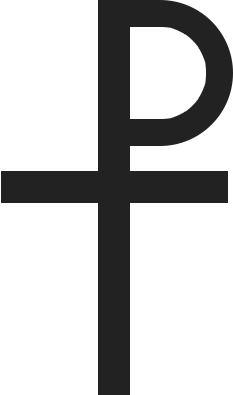
Tau Rho Cross
Also known as the Monogrammatic Cross, it symbolizes Christ upon the cross. It is shaped like the letter P with a long vertical bar, crossed by a short horizontal bar.